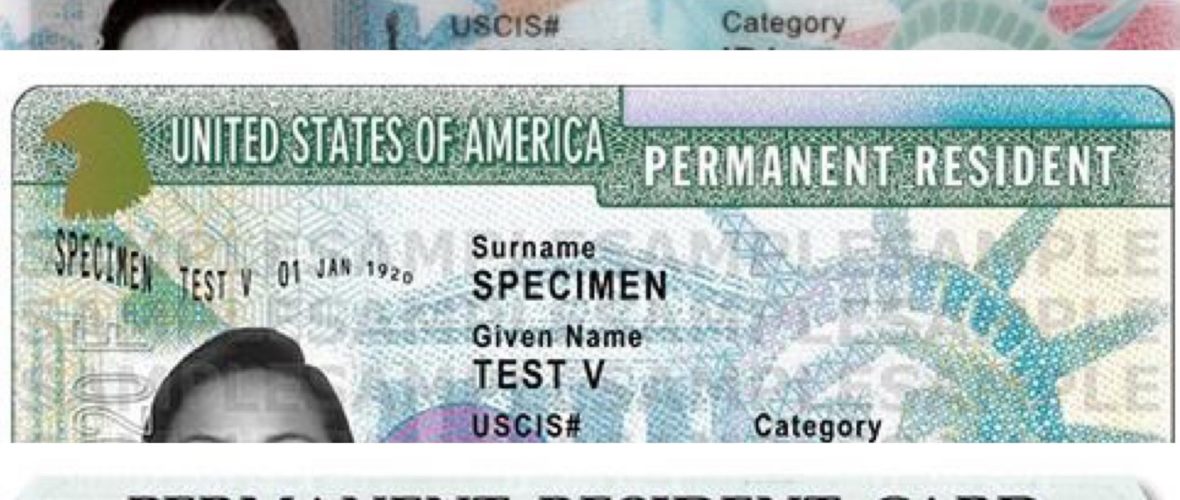

Getting a “green card,” formally known as Lawful Permanent Residency, is often the dream for many of our clients. But often times people are not sure what that means. Here is a technical explanation for what it means to have a “green card.”
What is important to remember is that Permanent Residency is permanent by definition. The “green card” is evidence of permanent residency provided by the USCIS.
Lawful Permanent Residency:
A permanent resident is defined in the Immigration and Nationality Act at § 101(a)(20) as “the status of having been lawfully accorded the privilege of residing permanently in the United States as an immigrant in accordance with the immigration laws, such status not having changed.”
The Code of Federal Regulations further adds to this definition at Title 8, Chapter I, Subchapter A, Part 1, that “Such status terminates upon entry of a final administrative order of exclusion, deportation, or removal.” By definition “permanent residency” is permanent. The status does not expire or end at a predetermined time.
The U.S. Department of Homeland Security provides the following guidance regarding the rights of a permanent resident:
“you have the right to:
Additionally, permanent residents are protected by the 14th amendment of the U.S. Constitution, which applies to “any person” in the United States.
Evidence of Permanent Residency in the United States:
The U.S. Department of Homeland Security provides permanent residents of the United States with evidence of their permanent residency status. The primary form of evidence provided to permanent residents is the Form I-551, Permanent Resident Card, more commonly known as the “Green Card.”
Evidence of permanent residency is also provided by the Department of Homeland Security and the U.S. State Department in several other ways. The two other most common forms of evidence are as follows:
Contact us today to learn more about the “green card.”